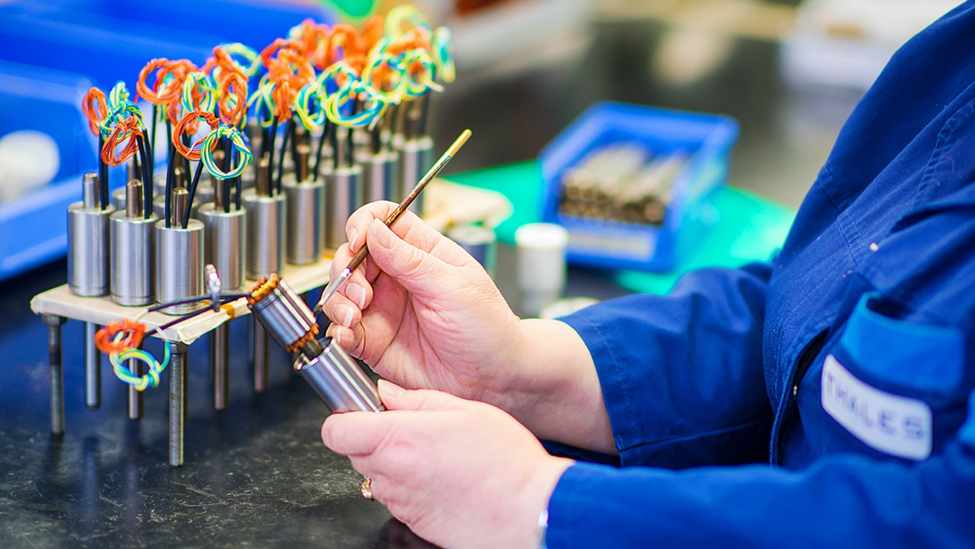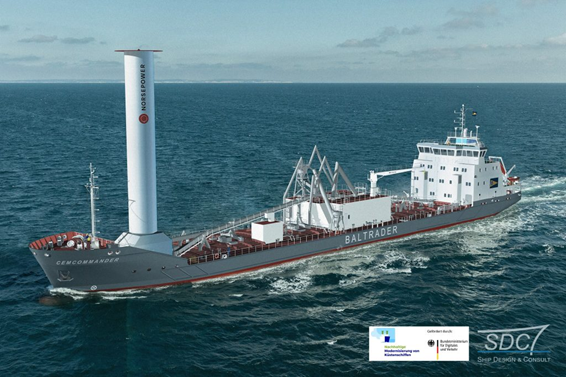
Adapting a century-old concept to modern technology and green energy demands, Finnish company Norsepower is bringing its novel rotor sails onboard a variety of marine vessels to help propel them through ocean waters. The company recently scored a number of contracts to place its auxiliary wind propulsion systems with leading fleet operators as demand mounts for greener shipping in the world’s seas. Separately, a Korean research group is investigating the use of magnetically levitated bearings to adapt rotor sails for use in coastal waters where wind is more variable.
The Norsepower Rotor Sail is a radically modernized, digital-era version of the Flettner rotor. It uses a minimal amount of the ship’s electric power to actively rotate the cylinder-shaped rotors on the ship’s deck. Rotation, together with wind, packs the air behind the sail and creates powerful thrust – saving fuel and reducing emissions. The huge, spinning rotors are partly manufactured from approximately 342,000 plastic bottles. The product has already been used by customers for about 10 years and has 310,000+ operating hours on ships operated by some of the world’s best-known shipping companies and charterers, delivering 21,000+ tons of CO2 emissions reduction so far.
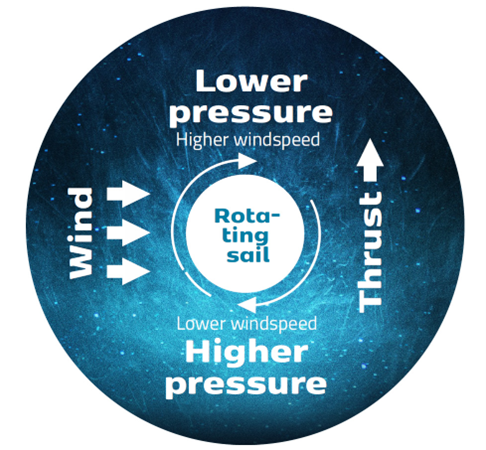
When wind meets the surface of the visible, spinning rotor part of the sail, the air flow accelerates on one side and decelerates on the opposite side of the rotor sail. The change in the speed of air flow results in a pressure difference. This creates a force that is perpendicular to the wind flow direction. The same principle applies to all rotating spheres and cylinders. This can also be observed for example in golf, tennis, or football, where spinning balls curve in flight.
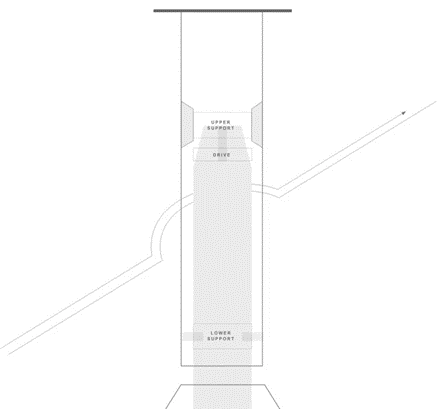
In operation, a rotor sail harnesses the wind and allows the main engine to be throttled back, saving fuel and reducing emissions. The speed will remain the same – and may even increase in some cases; for instance, on one vessel equipped by Norsepower, top speed raised from 12 to 20 knots, making it one of the most powerful sailing ships ever built. Rotor sails can be around ten times more powerful than a conventional sail because more lift is produced by the sail area.
The concept of the Flettner rotor was first devised by Finnish inventor and architect Sigurd Savonius and German engineer Anton Flettnerin the 1920s. The first Atlantic crossing, by a vessel using Flettner rotors only, took place in 1926. However, technical challenges and the market situation prevented more widespread application.

Norsepower, based in Helsinki, was founded in 2012 with a mission to reduce the environmental impact of shipping. Since then, it has raised more than $40 million to facilitate development, piloting and commercialization. Three significant contracts were announced in February.
Baltrader Capital GmbH of Hamburg, Germany signed for delivery of one 24m x 4m sized Norsepower Rotor Sail in summer 2024. The product will be fitted on the newest cement carrier of the Baltrader fleet, M/V CEMCOMMANDER, to be built at a shipyard in China, depicted in the image at top.
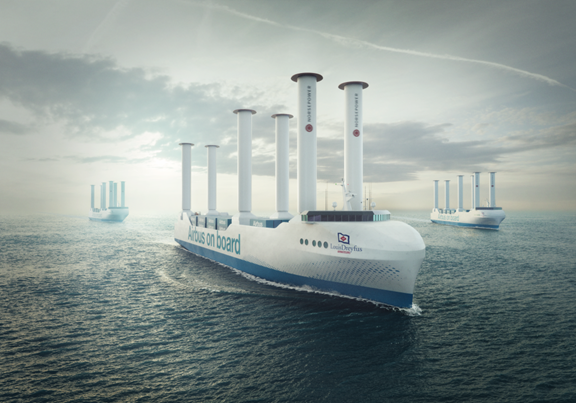
French shipowner, Louis Dreyfus Armateurs SAS plans to install the Norsepower Rotor Sail technology on its new low-emission RoRo fleet to be chartered to Airbus. The vessels, which will be used to ship aircraft components for Airbus, will each be powered by a combination of six 35-meter tall Norsepower Rotor Sails and two dual-fuel engines running on maritime diesel oil and e-methanol. Routing software will optimize the vessels’ journey across the Atlantic, maximizing wind propulsion and avoiding drag caused by adverse ocean conditions.
By 2030, for the transatlantic route, the new fleet will generate approximately 50% fewer CO2 emissions compared to 2023. The rotor sails will feature the brand new patented Norsepower Sentient Control, a real-time force measurement, control and savings reporting system that enables each rotor to be controlled individually.
“This fleet-wide deal is a game changer for the whole auxiliary wind propulsion industry,” commented Riski. “Firstly, it is the biggest deal ever made in the mechanical sails market – and, in a world first, it includes our brand new Norsepower Sentient Control tool.”
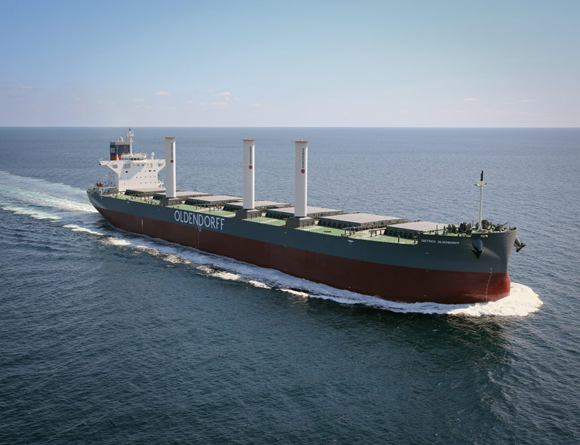
Also in February, Oldendorff and Norsepower announced an agreement to use its rotor sails on a modern bulk carrier, the vessel Dietrich Oldendorff, to be outfitted with three 24m x 4m Norsepower Rotor Sails by mid-2024, helping propel it on a North Pacific trade route to Asia. Oldendorff is a legendary, family-owned shipping company with over 100 years operating in the industry and around 700 vessels on the water today.
Research in Korea for rotor sails in coastal waters utilizing magnetic bearings
In Korea, researchers are investigating the use of magnetic levitation and magnetic bearing technology to equip rotor sails for coastal waters where the wind is more variable than on the high seas. The
Alternative Fuels & Power System Research Division, Korea Research Institute of Ships & Ocean Engineering in Daejon is developing a prototype of a scale model for coastal operation performance evaluation with dimensions of 1.5 m in width and 9 m in height. Their study was presented in December in the Journal of Marine Science & Engineering.
When utilizing magnetic bearings and the principle of levitation for rotor sail operation, careful consideration is essential for loads imposed on the rotor sail due to wind, explain the researchers. Particularly, controlling sudden external load changes is crucial to preventing collisions within the rotating structure and internal components of the rotor sail. Additionally, the weight of the rotor should be reduced to a minimum to minimize power consumption associated with the application of magnetic bearings and the principle of magnetic levitation.
Considering the variable wind conditions in coastal areas, a new rotor sail concept utilizing magnetic bearings and the principle of magnetic levitation was proposed, allowing for easy speed control while reducing noise and vibration. Assuming operation on a demonstration ship of approximately 30 m in length and 100 kW power in Korean coastal areas, the prototype could potentially provide an auxiliary thrust of around up to 19 kW.
Subsequent research will analyze the relationship between the power required for the prototype’s operation and the resulting propulsion power to assess its economic feasibility. Further plans include the construction of the demonstration ship and the prototype for sea trials in Korean coastal areas, aiming to verify the operability of the rotor sail utilizing magnetic bearings and the principle of magnetic levitation.
For more info, see www.norsepower.com and www.kriso.re.kr.

